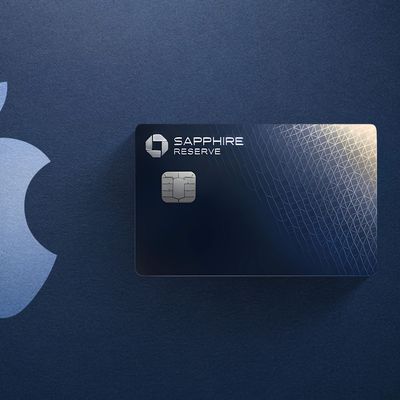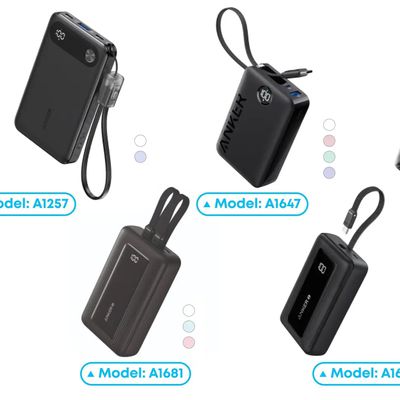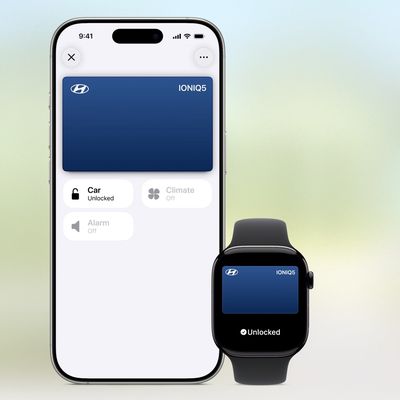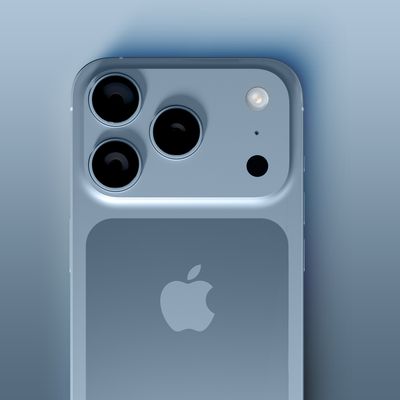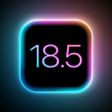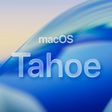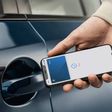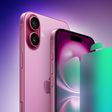How a Hacker Gained Access to a Reporter's iCloud Account
 Wired reporter Mat Honan details the exact process by which hackers had gained control of his iCloud account. The hijacked iCloud account resulted in a remote-wipe of his iPhone, iPad and MacBook Air, as well as further intrusions into his Gmail and Twitter accounts.
Wired reporter Mat Honan details the exact process by which hackers had gained control of his iCloud account. The hijacked iCloud account resulted in a remote-wipe of his iPhone, iPad and MacBook Air, as well as further intrusions into his Gmail and Twitter accounts.
As previously reported, the hackers were able to convince Apple Support to provide them with a temporary password to access Honan's account. Honan details exactly how this was performed.
Apparently, Apple Support only requires an iCloud user's billing address and last-four digits of the credit card on file in order to issue a temporary password. That temporary password grants full access to the user's iCloud account. Apple spokesperson Natalie Kerris issued this statement which claims that internal policies were not followed completely in Honan's case, but failed to specify exactly how:
“Apple takes customer privacy seriously and requires multiple forms of verification before resetting an Apple ID password. In this particular case, the customer’s data was compromised by a person who had acquired personal information about the customer. In addition, we found that our own internal policies were not followed completely. We are reviewing all of our processes for resetting account passwords to ensure our customers’ data is protected.”
Wired was able to confirm the reported policy themselves by successfully gaining access to another account using only those two pieces of information: a billing address and last-four digits of the credit card number.
As noted by Honan, a target's billing address is generally easy to determine by looking up a domain registration or by public white pages databases. As for discovering the last-four digits of Honan's credit card, Honan's hacker used a loophole in Amazon's security systems which don't protect the last-four digits of their user's credit card information. The hack requires a two-step phone call to Amazon. In the first call, Amazon allows you to add a second credit card to the account by simply offering the account's billing address, name and email address. Then, a second call allows you to add a second email address by verifying the previously added credit card. This second email address then has access to the account information including the last four digits of the original credit card.
Honan's intrusion seemed to be a result of a targeted effort to infiltrate his Twitter account, and a number of items had to line up just right for the hackers to gain access. The situation does reveal that the differing security processes between different providers could open up unwanted opportunities. It also seems to show that at present, a specific user's iCloud account access can be gained with those two pieces of only semi-private information.
Honan's full story about the sequence of events is an interesting read.
Popular Stories
Apple hasn't updated the AirPods Pro since 2022, and the earbuds are due for a refresh. We're counting on a new model this year, and we've seen several hints of new AirPods tucked away in Apple's code. Rumors suggest that Apple has some exciting new features planned that will make it worthwhile to upgrade to the latest model.
Subscribe to the MacRumors YouTube channel for more videos.
Heal...
Chase this week announced a series of new perks for its premium Sapphire Reserve credit card, and one of them is for a pair of Apple services.
Specifically, the credit card now offers complimentary annual subscriptions to Apple TV+ and Apple Music, a value of up to $250 per year.
If you are already paying for Apple TV+ and/or Apple Music directly through Apple, those subscriptions will...
Popular accessory maker Anker this month launched two separate recalls for its power banks, some of which may be a fire risk.
The first recall affects Anker PowerCore 10000 Power Banks sold between June 1, 2016 and December 31, 2022 in the United States. Anker says that these power banks have a "potential issue" with the battery inside, which can lead to overheating, melting of plastic...
In 2020, Apple added a digital car key feature to its Wallet app, allowing users to lock, unlock, and start a compatible vehicle with an iPhone or Apple Watch. The feature is currently offered by select automakers, including Audi, BMW, Hyundai, Kia, Genesis, Mercedes-Benz, Volvo, and a handful of others, and it is set to expand further.
During its WWDC 2025 keynote, Apple said that 13...
Apple's next-generation iPhone 17 Pro and iPhone 17 Pro Max are around three months away, and there are plenty of rumors about the devices.
Apple is expected to launch the iPhone 17, iPhone 17 Air, iPhone 17 Pro, and iPhone 17 Pro Max in September this year.
Below, we recap key changes rumored for the iPhone 17 Pro models:Aluminum frame: iPhone 17 Pro models are rumored to have an...
Apple last month announced the launch of CarPlay Ultra, the long-awaited next-generation version of its CarPlay software system for vehicles.
There was news this week about which automakers will and won't offer CarPlay Ultra, and we have provided an updated list below.
CarPlay Ultra is currently limited to newer Aston Martin vehicles in the U.S. and Canada. Fortunately, if you cannot...
Apple will finally deliver the Apple Watch Ultra 3 sometime this year, according to analyst Jeff Pu of GF Securities Hong Kong (via @jukanlosreve).
The analyst expects both the Apple Watch Series 11 and Apple Watch Ultra 3 to arrive this year (likely alongside the new iPhone 17 lineup, if previous launches are anything to go by), according to his latest product roadmap shared with...
Apple is planning to launch a low-cost MacBook powered by an iPhone chip, according to Apple analyst Ming-Chi Kuo.
In an article published on X, Kuo explained that the device will feature a 13-inch display and the A18 Pro chip, making it the first Mac powered by an iPhone chip. The A18 Pro chip debuted in the iPhone 16 Pro last year. To date, all Apple silicon Macs have contained M-series...
 Wired reporter Mat Honan details the exact process by which hackers had gained control of his iCloud account. The hijacked iCloud account resulted in a remote-wipe of his iPhone, iPad and MacBook Air, as well as further intrusions into his Gmail and Twitter accounts.
Wired reporter Mat Honan details the exact process by which hackers had gained control of his iCloud account. The hijacked iCloud account resulted in a remote-wipe of his iPhone, iPad and MacBook Air, as well as further intrusions into his Gmail and Twitter accounts. 


